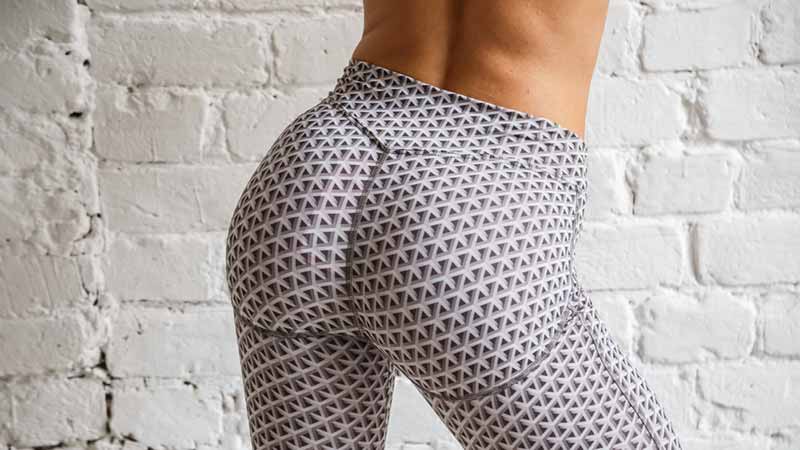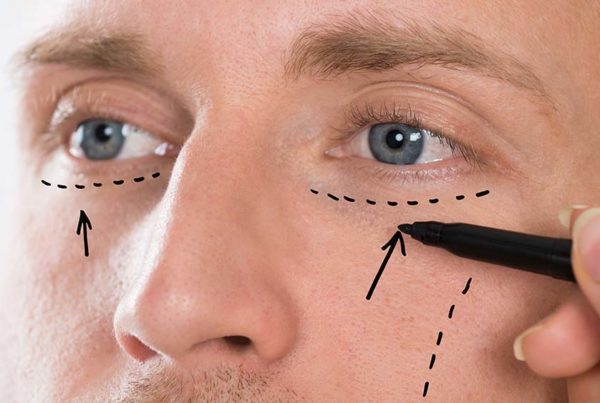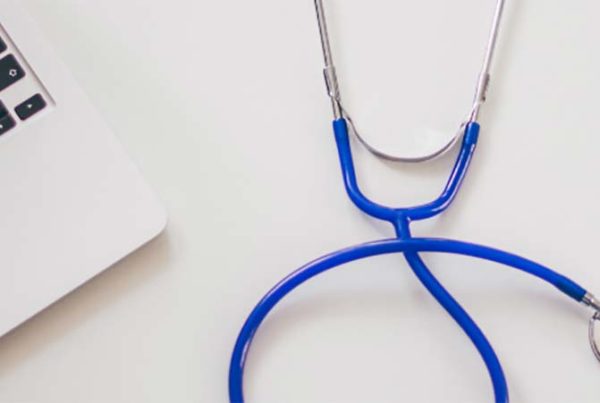
It started with Jennifer Lopez and grew into a worldwide trend. Technically it’s called a gluteoplasty which means ‘shape the rump’ in Greek. But does it really work and just as importantly, does it provide long lasting results?
Let’s start with fat grafting itself, which is what this procedure is all about. Fat grafting can be a safe, well tolerated procedure and it can give a natural-looking result when it’s used in the right patient, for the right reasons.
The procedure transfers living fat, harvested in tiny parcels with specially modified liposuction equipment, from body areas where there’s excess fat. A common example of this is the outer thighs. The harvested tiny fat parcels are then injected into areas lacking volume, like the face, hands, breasts or buttocks.
Let me say from the outset that while I use fat grafting every week – and have undertaken hundreds of small volume fat grafts – I am highly sceptical of the BBL procedure. The online photos of it are amazing, and there are so many apparently brilliant results to look at. The idea of the procedure is very appealing – using the waist and lower back fat (making those areas look better) to fill the butt area and also make that area look better. A win-win! But (or should that be butt?), I don’t believe that most of the fat that is grafted to this area of the body will ‘take’ permanently. The actual vascular graftable area of the butt is not large. And the fat volumes some doctors are injecting are. This doesn’t make scientific sense and personally I find it hard to see how most of that fat can find a blood supply and ‘take’ permanently.
Large volume butt fat grafting can also be risky. There have been deaths in the USA caused by BBL and the American Society of Plastic Surgery has set up a task force to investigate why this may have happened.
Some possible causes are:
- fluid and blood loss (shock), a risk of any large volume lipo, if it is done in a sub-standard facility by poorly trained doctors.
- A new reason that is specifically related to the butt. Large pelvic veins are in the area and there is concern that there may be a risk of fat embolism to the lungs. If this is very large, it can be a cause of death. The ASPS Task Force will be focused on understanding the cause of this and the actual risks for BBL patients.
One thing is for sure: I think large volume BBL needs to be treated as a major plastic surgery procedure and should only be performed by a qualified professional plastic surgeon who understands the risks, educates their patients about them and operates in a way that minimises them. This means working in a proper hospital environment where there is serious medical backup in the event of a complication.
Most of the published images of this procedure are taken within one to six months of the operation. At this point in time, the visible volume in the butt is made up of an interesting combination of live fat cells which have survived the transfer and are permanent, and dead fat cells which are yet to be removed but are still part of the butt volume. There is also some inflammatory tissue which is dealing with the dead fat cells, some scar tissue which will disappear, oil cysts from broken down fat cells and swelling. To be convinced that it truly works, I would have to see consistently good results – say an 80% long term success rate, five years after the operation.
So, I don’t perform or recommend the Brazilian butt lift as a primary standalone procedure. This is mainly because I’m not convinced of the long-term results or the science behind it. And also because I believe the safety concerns raised are real.
Having said this, I do perform this procedure, but not to a large volume, and only in patients where the primary operation is trunk or tummy rejuvenation, such as a tummy tuck, body lift, or waist and flank liposuction. In cases like these, if the butt is flat, I graft the fat that’s taken by liposuction to the butt, rather than disposing of it. This often works well and produces safe, natural-looking results, though I suspect that not much of the volume I inject in these cases will stay for the long term.
The logic of this approach is that we are there anyway, doing an operation which will work well, and which produces fat which will be discarded. Using some of the fat in the butt seems sensible if it might produce a better post-op result. However, if the fat does not last, the patient still has all the benefits of their procedure, forever – minus the fat graft.
So, the bottom line is, (pun intended), whatever you think of the result, fat grafting to the buttocks seems a logical choice when you are recycling your own tissue and it is likely to be well received by the body.
I hope this information has been useful to you.
Read reviews and find out more on my realself profile.





